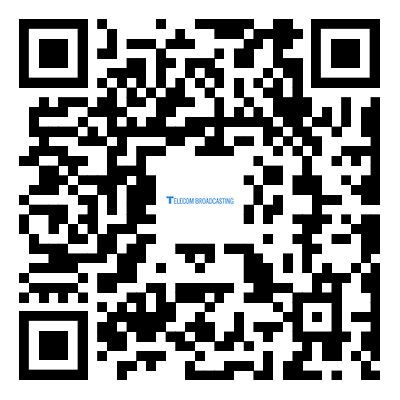What are the Different Types of Fiber-Optic Equipment?
2024-01-11
Fiber-optic equipment plays a crucial role in the transmission of data through optical fibers. These components are essential for building and maintaining fiber-optic communication networks. Here are some of the different types of fiber-optic equipment commonly used in these networks:
1. Optical Fiber Cables:
- Fiber Optic Patch Cables: Also known as fiber jumpers or fiber patch cords, these are short, flexible cables with connectors on both ends. They are used to connect various fiber-optic components, such as transceivers, switches, and patch panels.
- Bulk Optical Fiber Cables: These are cables with multiple optical fibers bundled together. They are used for long-distance transmission in telecommunications networks and can be installed underground, underwater, or overhead.
2. Connectors and Adapters:
- Fiber Connectors: Connectors are used to terminate optical fibers, allowing them to be connected to other fibers or network equipment. Common types include SC, LC, ST, and MTP/MPO connectors.
- Adapters: Adapters provide a physical connection between two fiber connectors, allowing them to mate securely. Adapters are often used in patch panels and network equipment.
3. Patch Panels:
- Fiber Optic Patch Panels: These panels are used to organize and terminate fiber-optic cables in a structured manner. They often include ports for connecting patch cables and are common in data centers and telecommunications facilities.
4. Optical Transceivers:
- Optical Transceivers (SFP, QSFP, XFP, etc.): These are devices that convert electrical signals into optical signals for transmission over the fiber-optic network and vice versa. They are commonly used in networking equipment such as switches, routers, and media converters.
5. Media Converters:
- Fiber Media Converters: These devices convert data signals between fiber-optic and copper-based networks. They are used when connecting equipment with different types of interfaces.
6. Optical Amplifiers:
- Erbium-Doped Fiber Amplifiers (EDFAs): Optical amplifiers boost the strength of optical signals without converting them into electrical signals. EDFAs are commonly used in long-haul telecommunications networks to extend the reach of signals.
7. Optical Splitters and Couplers:
- Fiber Optic Splitters: These devices split an optical signal into multiple signals, allowing one input to be distributed to multiple outputs. Splitters are often used in passive optical networks (PONs).
- Fiber Optic Couplers: Couplers combine multiple optical signals into a single output. They are used in applications such as wavelength division multiplexing (WDM).
8. Fusion Splicers and Cleavers:
- Fusion Splicers: Fusion splicers are used to permanently join two optical fibers by fusing the ends together. This creates a low-loss connection.
- Fiber Cleavers: Cleavers are used to precisely cut and prepare optical fibers for splicing.
9. Optical Power Meters and Test Equipment:
- Optical Power Meters: These devices measure the power of optical signals in a fiber-optic network.
- Optical Time-Domain Reflectometers (OTDRs): OTDRs are used to test the length and quality of optical fibers by sending short pulses of light and measuring the reflections.
These are just a few examples of the various types of fiber-optic equipment used in modern communication networks. The specific equipment required depends on the application, network architecture, and the scale of the deployment.


